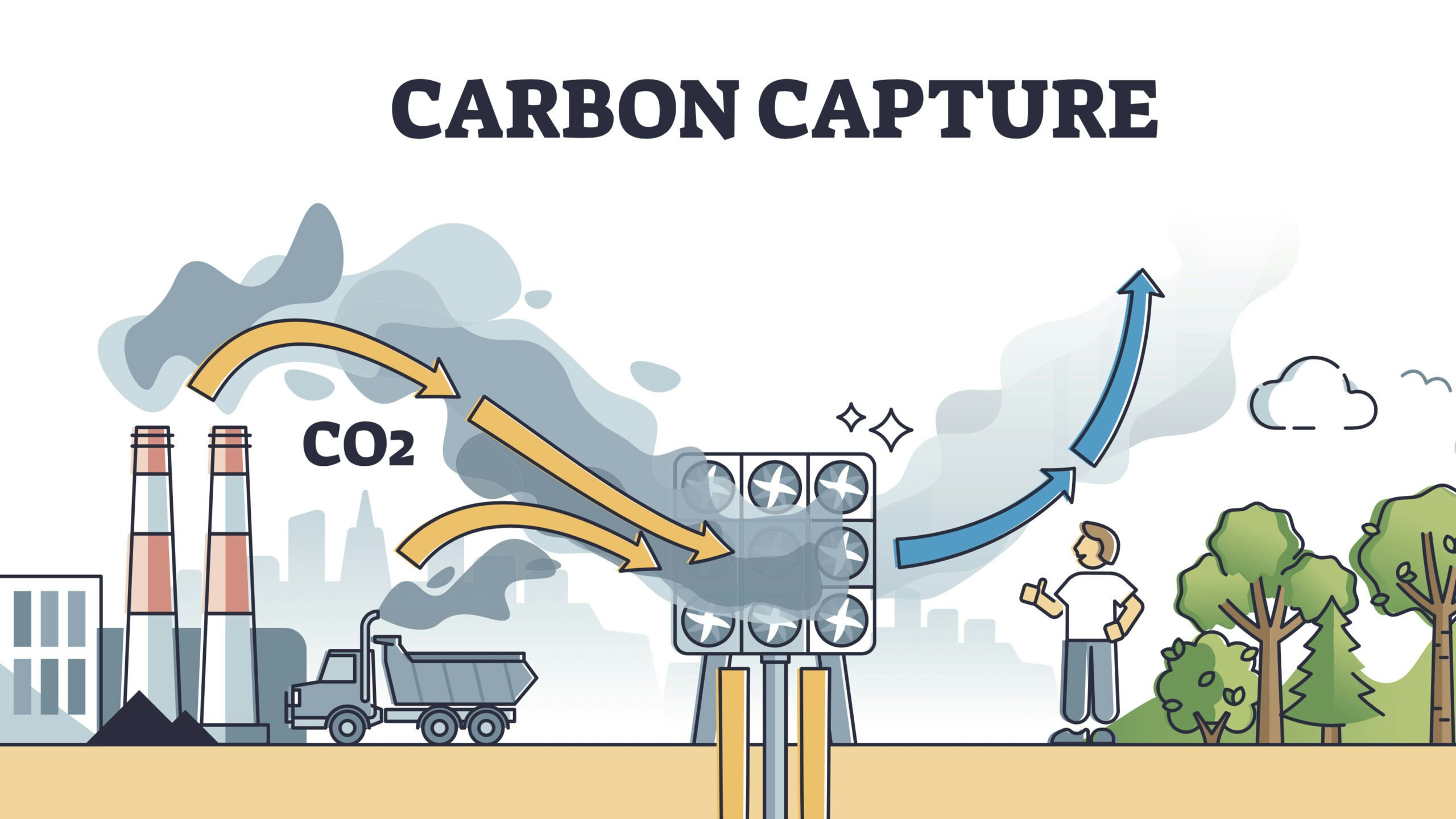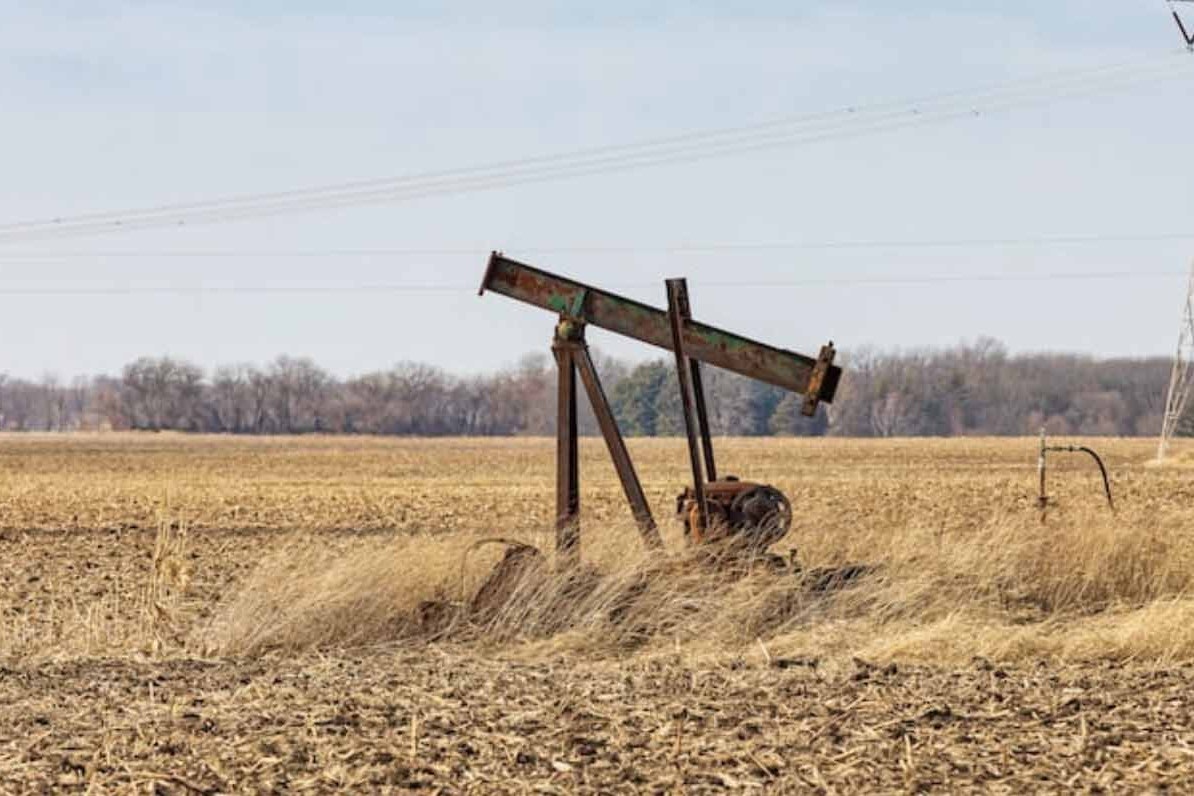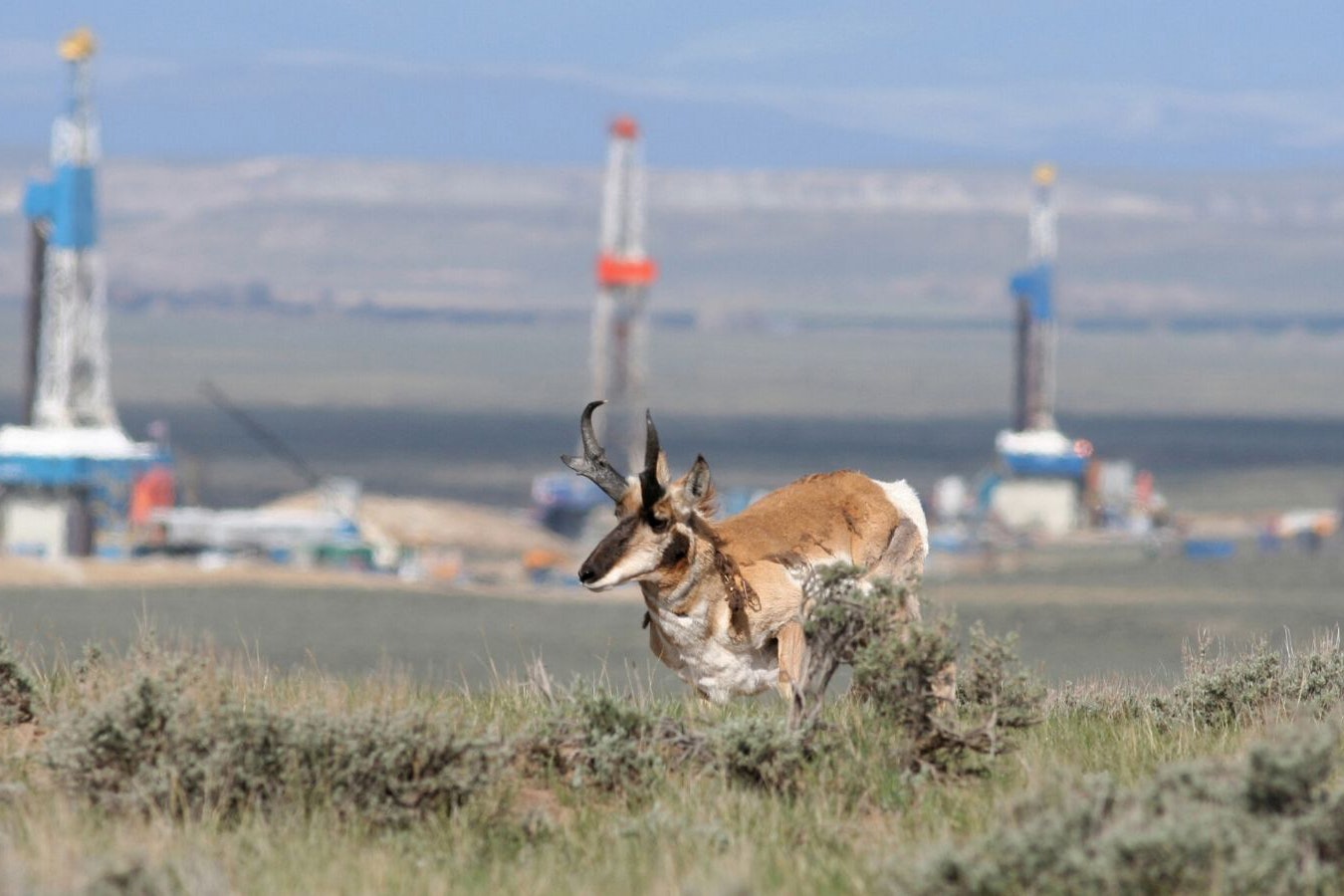CarbonCapture Inc. is keeping secret the location of a Wyoming modular facility that’s part of an operation dubbed Project Bison the company touts as being the largest of its kind. The direct air capture facility will suck carbon dioxide out of the atmosphere and sequester it underground.
The project was announced earlier this month, and while the company is continuing to do public outreach, it isn’t discussing where its planned modules will be located.
Jonas Lee, CarbonCapture Chief Commerical Officer, said the secrecy has to do with the way real estate interest in a specific location can drive up land costs.
The modules, he explained, are very mobile. So, input from the community might impact where they are placed, but they don’t have to be placed right next to the well sites.
The California-based company is partnering with Texas-based Frontier Carbon Solutions, which will provide the wells where the CO2 is to be pumped underground. Frontier has filed applications for geological sequestration permits with the Wyoming Department of Quality.
The documentation the company provided to the DEQ shows the wells will be located near the borders of Sweetwater, Unita, and Lincoln counties in southwest Wyoming.
Intentions To Grow
The company’s vice president for business development, Patricia Loria, held a presentation for the Sweetwater County Commission earlier this summer.
“We don’t want to be forcing this upon a community that doesn’t think it’s in their best interest,” Loria said.
Large companies are showing more of an interest in buying carbon credits or tapping into tax credits, which the Inflation Reduction Act increased from $50 for each metric ton of captured carbon stored underground to $85.
Loria said companies pledging $1.5 billion for credits include Bill Gates’ Microsoft, Airbus, Shopify, Zoom and Meta, owner of Facebook.
“These are generally large corporations,” Loria said.
Climate Change
She explained that to stay below 1.5 degrees of warming, as laid out in the Paris Agreement treaty on climate change, the world will need to remove 100 gigatons of CO2 by 2050.
The carbon capture industry, Loria said, could one day be as large as the oil and gas industry.
The Paris Agreement is an international pledge to limit CO2 emissions. Former President Donald Trump pulled the United States out of the Paris Agreement in 2017 over concerns of its impact on the U.S. economy, but on his first day of office, President Joe Biden signed the U.S. back onto it.
Big Plans
CarbonCapture is a technology and project development company with $43 million in financing and 35 employees, Loria said. The $1 trillion infrastructure bill that was passed last November provided $3.5 billion for direct air capture, and the Department of Energy also is providing money for the project.
Besides corporations looking to buy credits, governments in the future also may buy credits for their CO2 emissions.
“We have intentions to grow very large, because we think there’s a huge business opportunity here,” Loria told the Sweetwater County Commission.
The first phase of the project will begin with two modules and pull 5,000 tons of CO2 out of the atmosphere in its first year of operation. The company hopes to grow Project Bison and sequester 5 million tons of CO2. At that point, Loria said, the operation will employ 2,000 people.
Lee told Cowboy State Daily that the first phase will likely be closer to 10,000 tons per year, and the number of jobs is likely to be in the hundreds.
Loria said the company has secured letters of interest from companies for the first half of the 5,000 tons of carbon capture credits. CarbonCapture will sell the captured carbon credits at $800 per ton but has plans to reduce that cost over time.
Environmental Consulting
The company is working with The Nature Conservancy, a global environmental advocacy nonprofit, and the Wyoming Outdoor Council, a public land advocacy nonprofit.
The first phase of the project will use less than 2 acres of land, but once Project Bison grows to pull 5 million tons of CO2 by 2030, it will encompass 200 acres, Loria said.
The company is trying to site the location on existing disturbed land that isn’t on any key migratory routes for wildlife.
To power its CO2-sucking modules, the company is looking to use low- or zero-carbon sources. Natural gas is one option, but it “could be nuclear. It could be wind and solar,” Loria said.
The company plans to set up a manufacturing facility to build its container-sized modules, possibly in Cheyenne, but “somewhere in Wyoming” for sure, she said.
Incentives
Carbon credits are a method to incentivize companies to reduce greenhouse gasses in the atmosphere. Companies can get a certain number of credits, which decline over time. If the company can’t reduce its emissions, it can continue operating, but pays more for its emissions. It also can sell its unused credits to other companies.
To incentivize companies to support DAC, companies can sign up with companies like Frontier to receive tax credits per ton of CO2 taken out of the atmosphere.
One carbon credit grants the bearer the right to emit one ton of CO2. To put this in perspective, a gallon of gas produces roughly 20 pounds of CO2 when burned. A Ford F-150 with a 3.3 liter V6 engine would produce a ton of CO2 after a round-trip drive from Cheyenne to Detroit, Michigan.
Some states, such as California, have carbon credit programs that apply to large electric power plants and other large-scale industrial operations.
Loria said her company also is exploring ways to use CO2 as a feedstock for products, such as synthetic aviation fuels. At another operation, Frontier wants to partner with a steel plant that would use energy from its waste heat from the modules, and the CO2 would be used to produce low-carbon concrete.
Permitting
Wyoming has primacy over the permitting of Class VI wells, like those that will be used by Frontier, meaning permitting is done by the DEQ.
Loria said this was a prime reason the company is locating its operations in Wyoming. If it had to permit the wells in a state without primacy, the EPA would have authority, which would increase the permitting process from one year to three.
“That’s an important part of us moving quickly with a new project,” Loria said.
The company is doing public outreach as Frontier pursues the permit. On Oct. 5, it will hold an open house at Western Wyoming Community College in Rock Springs from 6-8 p.m.
Lee noted that the project could potentially grow beyond its 5 million ton projection for 2030.





